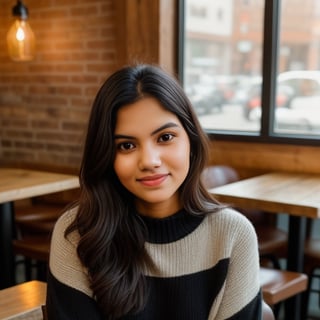Dark mode is more than just a trend — it's a user-friendly feature that improves readability and reduces eye strain. The best part? Implementing dark mode can be super simple using CSS variables and a pinch of JavaScript.
Let’s build a light/dark theme toggle in under 5 minutes!
🧠 Why Use :root and CSS Variables?
Using CSS variables (also called custom properties) allows you to:
Define your color scheme in one place
Easily switch themes dynamically
Avoid repeating values across your stylesheets
⚙️ Step 1: Setup Your HTML
<!DOCTYPE html>
<html lang="en">
<head>
<meta charset="UTF-8">
<meta name="viewport" content="width=device-width, initial-scale=1.0">
<title>Dark Mode Demo</title>
<link rel="stylesheet" href="styles.css">
</head>
<body>
<div class="container">
<h1>Dark Mode in 5 Minutes</h1>
<button id="toggle-theme">Toggle Theme</button>
</div>
<script src="script.js"></script>
</body>
</html>
🎨 Step 2: Create Light & Dark Themes Using :root
/* styles.css */
:root {
--bg-color: #ffffff;
--text-color: #1a1a1a;
--button-bg: #e2e8f0;
--button-text: #000000;
}
[data-theme="dark"] {
--bg-color: #1a1a1a;
--text-color: #f5f5f5;
--button-bg: #2d3748;
--button-text: #ffffff;
}
body {
background-color: var(--bg-color);
color: var(--text-color);
font-family: sans-serif;
transition: all 0.3s ease;
}
button {
padding: 10px 20px;
margin-top: 20px;
background-color: var(--button-bg);
color: var(--button-text);
border: none;
cursor: pointer;
border-radius: 6px;
}
💡 Step 3: Add JavaScript to Toggle Themes
// script.js
const toggleBtn = document.getElementById("toggle-theme");
toggleBtn.addEventListener("click", () => {
const currentTheme = document.documentElement.getAttribute("data-theme");
if (currentTheme === "dark") {
document.documentElement.removeAttribute("data-theme");
localStorage.setItem("theme", "light");
} else {
document.documentElement.setAttribute("data-theme", "dark");
localStorage.setItem("theme", "dark");
}
});
// Optional: Remember user’s preference
window.addEventListener("DOMContentLoaded", () => {
const savedTheme = localStorage.getItem("theme");
if (savedTheme === "dark") {
document.documentElement.setAttribute("data-theme", "dark");
}
});
✅ Done! Now Test It
Click the "Toggle Theme" button to switch between light and dark themes. Your site will:
Animate smoothly between modes
Remember the user's last preference (thanks to localStorage)
Stay maintainable by using variables 🎉
🧪 Bonus: Add More Theming Flexibility
Want to go beyond dark mode? You can add multiple themes or responsive theme changes using the same concept!
💬 What’s Your Favorite Dark Mode Trick?
Let me know in the comments if you've built a dark mode toggle differently — or share a link to your own themed site!






This is great! I’ve used a similar approach in my portfolio — just haven’t implemented localStorage yet. Sounds like a solid idea!
We could even improve it further by fetching the system theme as the default 🌙. I was actually thinking of adding that too. Great article, as always! 🚀